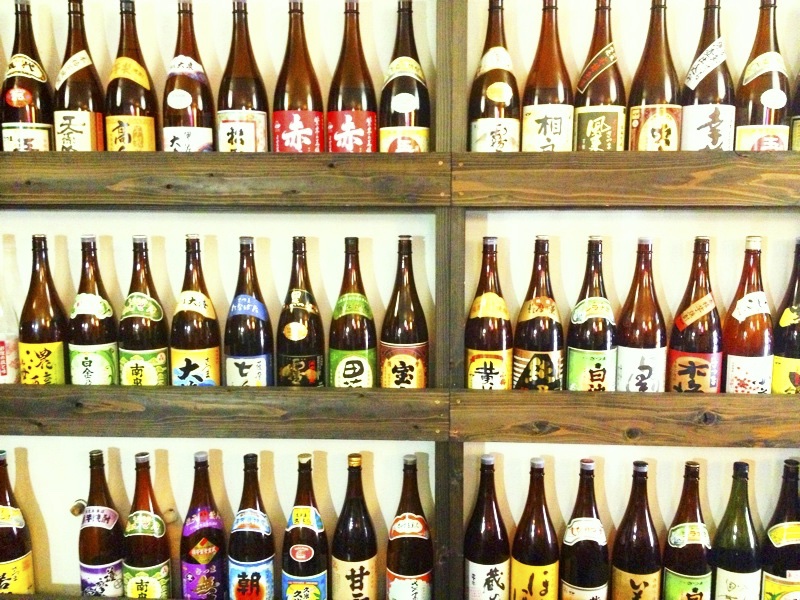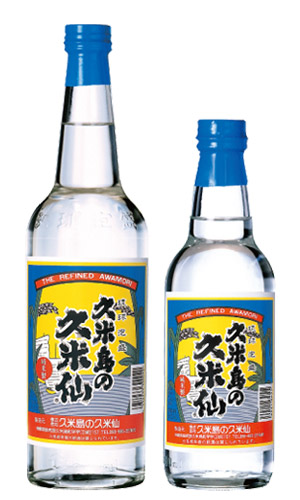Yesterday was one of those perfectly sunny days, the kind that hold so much promise for the season to come. Hot—but not oppressively so--and with a gentle cooling breeze, it was hard to believe that we were still in the middle of the rainy season.
Not knowing when weather was going to be like this again, I headed for the beach.
One of my more tired complaints about Fukuoka City is that although it is a coastal town, it is easy to forget that the sea is less than a kilometer away from downtown. Unlike many coastal cities in the U.S. where the land bordering the water is used for parks, posh condominiums, and upscale retail, much of the real estate facing Hakata Bay is reclaimed land and monopolied by industry. To say the least, it makes for a dreadful eyesore.
A few stretches of Fukuok City's artificial coastline have been made into beaches with sand that has to be trucked in every now and again. These include the neighborhoods of Fukuhama, Jigyôhama, Momochihama, and Atagohama, all west of downtown. The most affluent of these is Momochihama where a number of TV stations have their head offices and where the Municipal Museum and the “symbol of the city”, Fukuoka Tower, are located. (The Fukuoka Yahoo! Dome, another “symbol” can be found in neighboring Jigyôhama.)[1]
Throughout the summer months[2] I typically spend two to three days a week on the beach at Momochihama tanning or drinking at a rundown little restaurant & bar called Mamma Mia. (Stupid name.) A better-maintained and tidier café called The Beach (Slightly less stupid name) is just across the way, but unlike The Beach the food at Mamma Mia is “palatable” and the bar better stocked. Besides, The Beach doesn’t really offer much to gaze upon beyond a miniature backhoe that travels back and forth—gluggada, gluggada, gluggada—as it ferries jet skis from a parking lot to the water. At least from Mamma Mia’s rickety deck you can look out at a miserable little boardwalk along which tourists, mostly from Korea, parade by.
Now, that has always puzzled me. Whenever I see middle-aged Koreans in their brightly colored sportswear and sun visors walk by, I can’t help thinking why in god’s name anyone from Korea would travel across the Korea Strait only to visit Momochihama? It’s the same goddamn water after all, and their Haeundae Beach just north of Busan offers oh so much more to see and do.
Silly tourists. Whaddya gonna do?
On this particular day, there was a Hispanic woman sitting on the other side of the deck with a Japanese man who was doing his very best to look like a baddass DJ. He had a MLB cap, with the requisite sticker still on the visor—why, oh, why, do boys think this looks cool—the loose pants falling half off his arse, and a chin-strap beard. He also had the boorish diction and vocabulary of someone who had "mastered" English by listening to hip-hop: every other word out of the guy’s mouth was a variation of “fuck”.
There I was trying to read Paolo Coelho’s The Pilgrimage and this douchebag was all, “fucking, fuckety fuck . . .” I plugged my head into my iPhone, put on some mellow Bossa Nova, and turned up the volume. And yet the guy's “fucking, fuckety fuck” still managed to filter through.
I have written before that the Japanese rarely become belligerent when they drink, but after a while Mr. Check-it-out looked like he was going to prove me wrong and break the stereotype. The way he leaned forward and eyed the woman menacingly, the way his voice grew louder and more agitated, all indicated to me that any moment now he was going to stand up and start swinging. I looked around me to see if there was anything I could pick up to defend myself if push, literally came to shove.
But to my relief, he didn’t. He just slouched back and from that defeated posture shouted at the woman, “Don’t you fucking know how much I fucking wanna fuck you?”
With that romantic overture, the woman got up and disappeared in the enclosed part of the restaurant.
There is no accounting for tastes, as they say, but the guy must have been suffering from an acute case of beer-gogglitis. The woman, while not homely per se, was by no means a knock-out. In addition to being a good ten years older than Rome-fucking-o, she was rather large in the caboose, possessing the kind of hips that in centuries past would have been commended as good for child-bearing.
Once alone, the guy tried to stand up only to end up falling flat on his face, something that the other customers and I took quiet delight in watching. Mustering what little dignity he had, he pulled himself up, and sat back down in his chair. A minute later, the woman returned, paid the bill, and left. The guy staggered along, a few uneasy steps behind her fabulous derrière, as Japanese say, like crap trailing behind a guppy’s arse.
The two of them joined another Latina who had a child of two or three with her. After chatting for a few minutes, the two women and child left, leaving Romeo alone on the beach. He staggered towards the boardwalk, tried to sit down, but rolled off the edge and into the sand. (Boardwalks can be tricky.) He got up again, toddled a few steps, then fell over. A few minutes later he was out cold.
Korean tourists walked up to the comatose Lothario, took his picture or had their pictures taken with him lying in the background. I guess there was something worth crossing the Korea Strait after all.
One of my favorite drinks during the summer months, and the reason I am writing this, is the Okinawan firewater, awamori. If I’m not sipping on a mojito while sweating there on Mamma Mia’s deck, then I am invariably knocking back a glass of awamori. There’s nothing like awamori on the rocks when it’s sunny and the beach is crowded with young women in bikinis.
Unfortunately, Mamma Mia only has two brands of awamori: Zampa (残波) and Kumesen (久米仙). I have written before[3] about these two brands, the best selling, though not necessarily best-tasting awamori brands in Japan.
Zampa, which can be found pretty much anywhere, from supermarkets and convenience stores to your neighborhood izakaya (pub) has never been my cup of tea. It lacks much of the “oomph” that I seek in a good awamori, which I suppose is the very reason why it is so “popular”. Not having the strong, sometimes off-putting awamori smell or taste, it’s something that can be tolerated, if not enjoyed, by a wider range of drinkers.
Kumesen, on the other hand, retains all the qualities that make awamori the unique drink that it is. With one sip, you know it’ll do the trick.
Kampai.
残波 (Zampa)
25% Alc/Vol
Nose: ★★
Subtle awamori fragrance.
Palate: ★
Mellow to the point of being bland
Overall: ★★
久米仙
Kumesen Awamori
Kampai!
久米仙 (Kumesen)
25% Alc/Vol
Nose: ★★★
Pungeant awamori smell
Palate: ★★★
Has a very typical awamori kick
Overall: ★★★
[1] If the city hadn’t destroyed much of its environment or let its old neighborhoods get bulldozed over and wooden houses replaced by shabby apartment buildings and other prefab constructions, it wouldn’t really need to create these “symbols”.
[2] For me, that usually means early May to late September if the sun is shining and it isn’t too cool. For most people in Fukuoka, however, summer is the one-month period between the Yamakasa festival (July 15) and the Bon festival (August 15).
[3] “Among awamori makers, Kumejima’s Kumesen has enjoyed a 7.4% increase in sales, coming in 19th, up four places from 2009. On the other hand, Higa Shuzô of Yomitan City, Okinawa Prefecture, which produces Zampa brand awamori, has seen their sales slip 13.6%.” From Nikkei Shimbun.
More stories like this can be found in Kampai! Available from Amazon.


